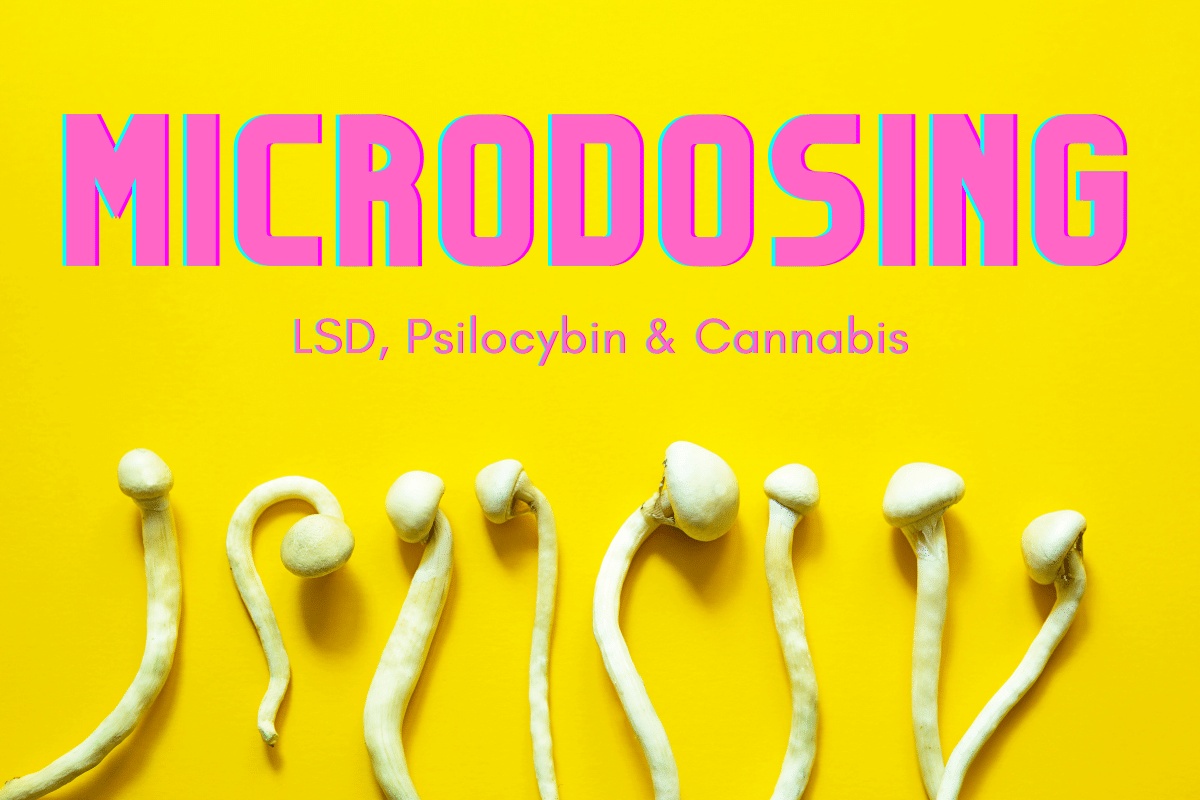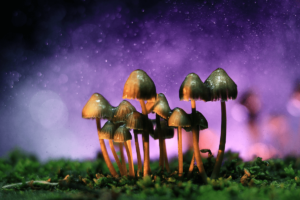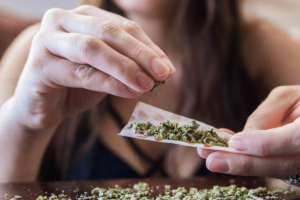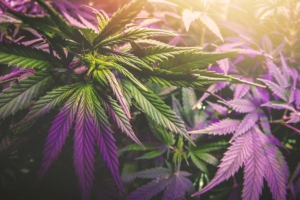Not too long ago, LSD, "magic mushrooms," and other kinds of psychedelic substances belonged to the domain of the drug subculture, where people used these powerful substances to alter consciousness in radical ways.
In recent years, people have begun to experiment with microdosing or regularly taking psychedelics such as LSD, psilocybin or cannabis in very small amounts. Anecdotal reports indicate that many consumers find that they have considerable benefits for mental and physical health.
Here’sHere’s what you need to know about microdosing psychedelics safely to enhance mental clarity, creativity, and more.
Psychedelics: From the Underground to the Mainstream
It isn’t clear when people first began to use psychedelic plants and other substances to change their perceptions, but some evidence indicates that the practice is ancient.

From the euphoric high of THC-powered cannabis to the hallucinations and dissolving sense of self in LSD or mushroom trips, these substances can change the way people perceive the world and themselves. But that kind of experience can also interfere with daily living.
Microdosing psychedelics [triggers activity in key areas of the Brain,]
(https://www.hellomd.dev/articles/exploring-mind-bending-psychedelics-psilocybin-and-lsd0) but at levels well below the amounts that typically trigger psychoactivity. The result is a boost in well-being for many users that includes relief from anxiety and depression, enhanced creativity and focus, and improved relationships. Some users also say that microdosing can reduce migraine and relieve pain.
But microdosing also has its downsides. Not everyone can tolerate psychedelics, even in small doses. Microdosing these substances can cause visual disturbances, insomnia, digestive problems, and problems concentrating. Other side effects can include numbness and tingling in fingers and toes, anxiety, or depression.
Psychedelics Activate Pathways in the Brain
LSD, cannabis, and psilocybin top the list of psychedelic substances used for microdosing, thanks to their ability to mimic substances naturally produced by the body.
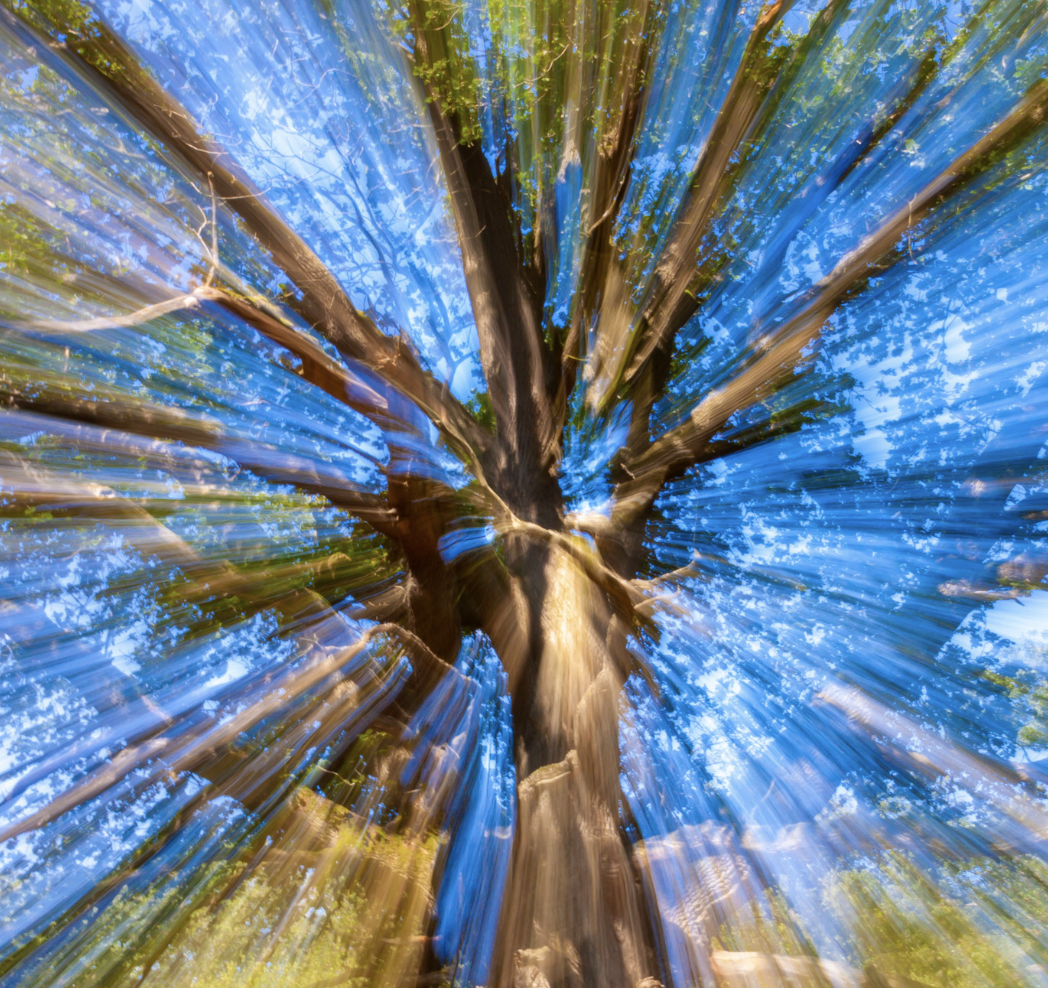
LSD (lysergic acid diethylamide) is a long-lasting psychedelic that produces vivid hallucinations and other altered perceptions. It [binds to cell receptors in the brain] (https://www.nih.gov/news-events/nih-research-matters/protein-structure-reveals-how-lsd-affects-brain#:~:text=Lysergic%20acid%20diethylamide%2C%20or%20LSD,been%20cleared%20from%20the%20bloodstream) that respond to serotonin, a neurotransmitter that helps cells communicate. Serotonin has also been called the "feel-good chemical" for its ability to reduce anxiety and boost mood. LSD can also activate receptors related to sensory processing and cognition.
Psilocybin is a chemical compound present in certain types of mushrooms. Like LSD, psilocybin affects serotonin receptors in the brain. But along with boosting the flow of serotonin,
"magic mushrooms" also appear to destabilize existing neural networks and even create new ones. That accounts for the expansion of consciousness and new ways of thinking that people experience when they use psilocybin.
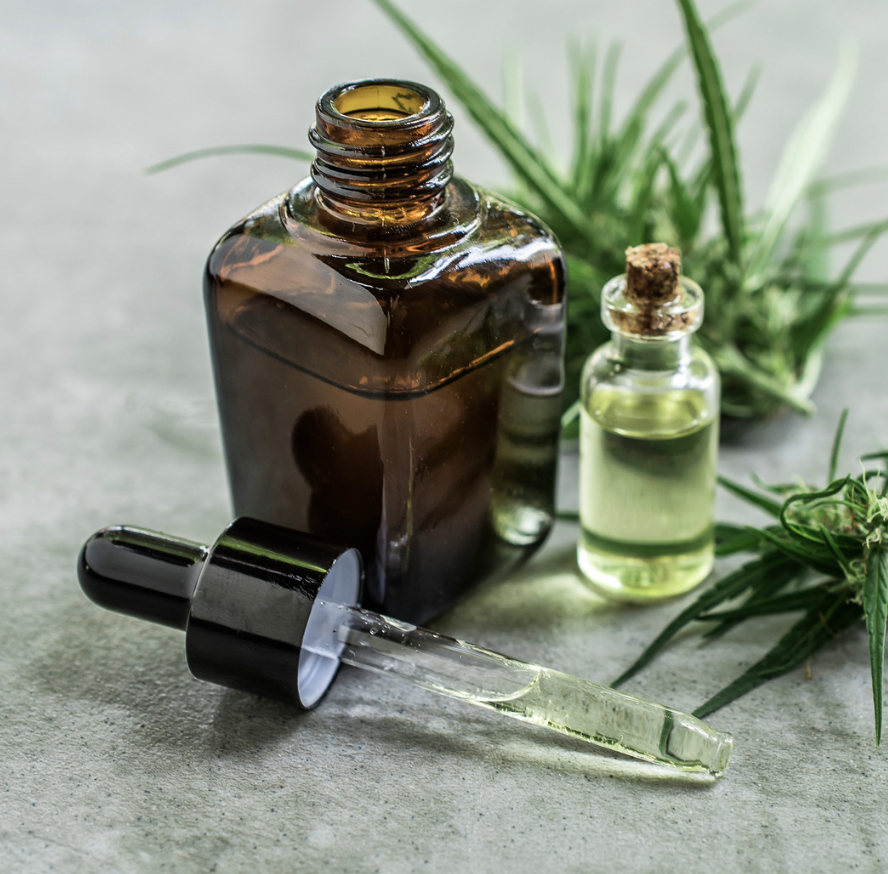
Cannabis contains THC (delta 9 tetrahydrocannabinol), which causes its famous "high." THC mimics the activity of anandamide, a cannabinoid chemical similar to serotonin that’s naturally produced by the body. THC binds to the same cannabinoid receptors in the brain, triggering activity on various pathways, including those related to mood, pleasure/reward, and cognition.
Researchers believe that when they’re taken in tiny sub-perceptual doses, these psychedelics stimulate activity in the brain’s pathways for cognition, mood, and pleasure, opening new avenues for thinking and perceiving without causing impairment. Microdosing holds promise for treating diseases like Parkinson’s and Alzheimers and relieving the symptoms of PTSD and other mental health conditions.
How to Microdose Safely
Although there’s increasing evidence for the benefits of microdosing, it’s important to do so safely.
Here are a few things to keep in mind.
Be aware of legal issues
Cannabis is legal in many areas, so it’s relatively easy to find cannabis products in varying strengths and forms. But LSD and psilocybin remain illegal in the US, with stiff penalties for possession of these and other psychedelic substances. In some counties and cities, such as Oakland, CA or Denver, CO, within the US, psychedelics are decriminalized, which means it is unlikely you will be prosecuted with small amounts within your personal possession.
Seek out quality products from reputable sources
Choose products produced without harmful additives or processing, and look for clear statements about a product’s contents, origin and potency whenever possible.
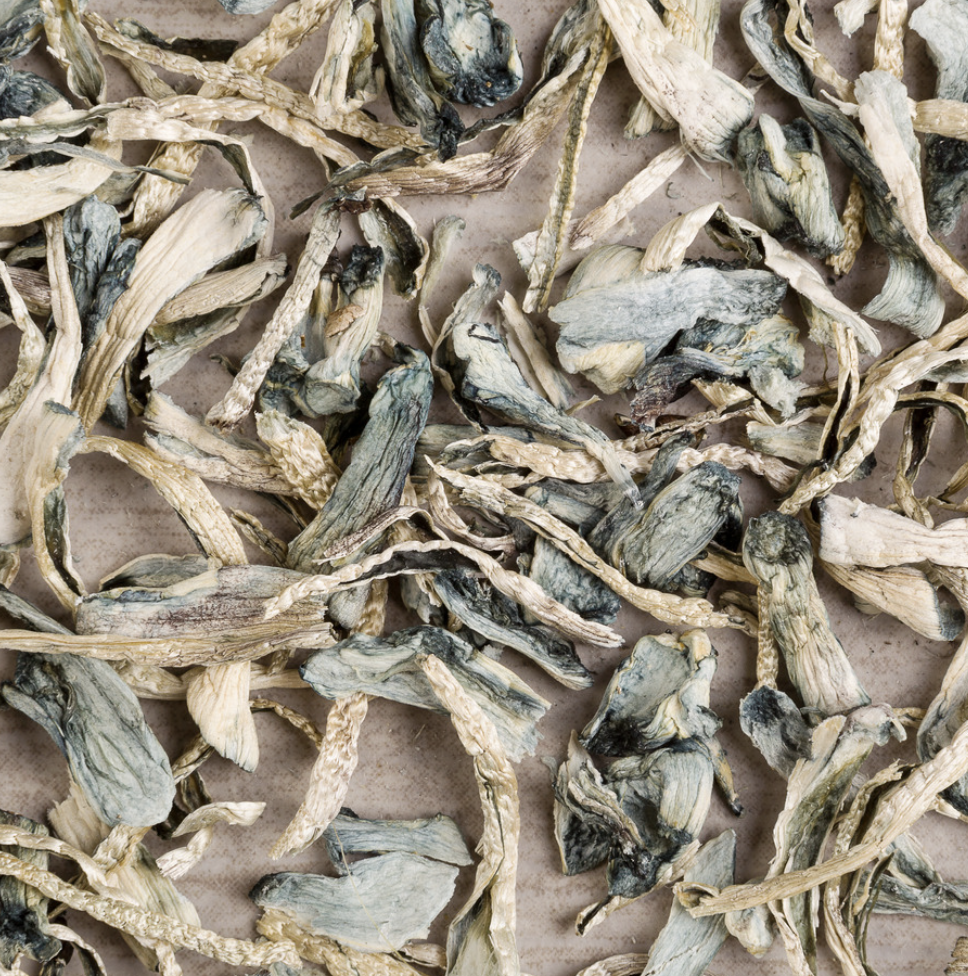
Keep in mind that psychedelics can vary considerably in form and content
Cannabis can be smoked, vaped, eaten, or consumed as a tincture, and these methods are not equally suitable for microdosing. Psilocybin mushrooms can contain varying amounts of psilocybin, and LSD may not be equally distributed on a tab of paper.
Start with a low dose
It can take some time to find the best dose for your needs, so start with a low dose and adjust accordingly as you observe your reactions.
Dose consistently
Take steps to ensure that each dose contains the same amount of your chosen psychedelic. For LSD, where the chemical may not be evenly distributed, a method like volumetric dilution can keep doses consistent. For cannabis, low-dose edibles such as chocolates or capsules can make it easy to get the right dose every time. For psilocybin, use a standard measure for placing ground or powdered mushrooms into capsules.
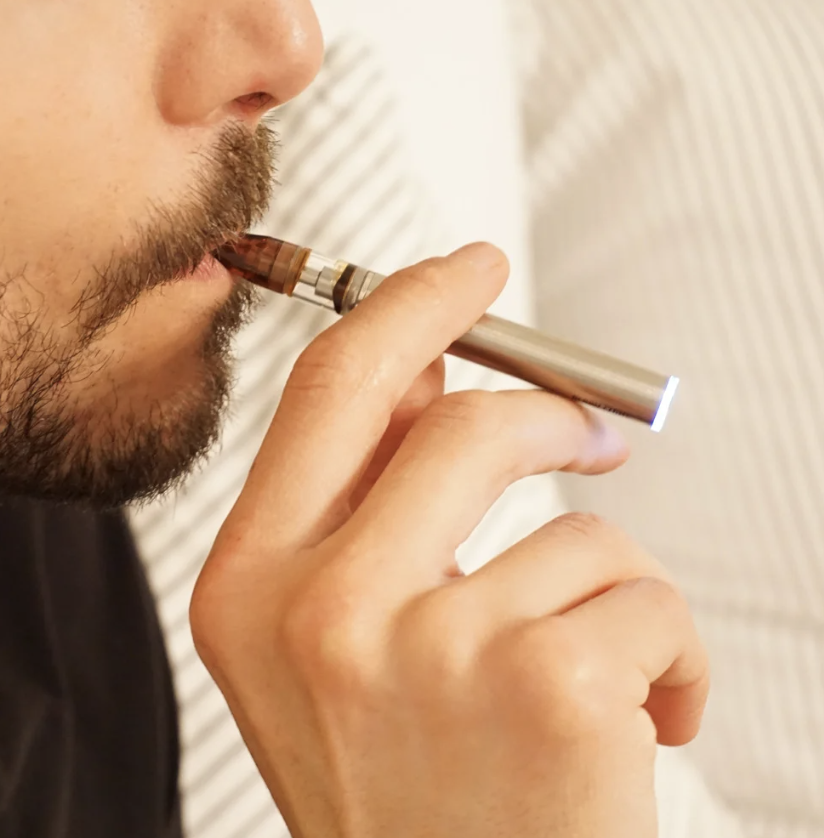
Maintain a dosing protocol
Microdosing experts recommend starting with the lowest possible dose on a regular schedule, typically one out of three days. Keep a journal or log of your experiences and the doses you take to track your progress and determine whether you need to change the dose or frequency. Consider taking a break from your protocol every few weeks to avoid building up a tolerance to the substance.
Get a Medical Marijuana Card Online
It’sIt’s easy to get your medical marijuana document with the online Telehealth service HelloMD. Register, pay, and receive an online medical consultation with a licensed practitioner and purchase medical cannabis today. You don’t pay unless you’re approved!



